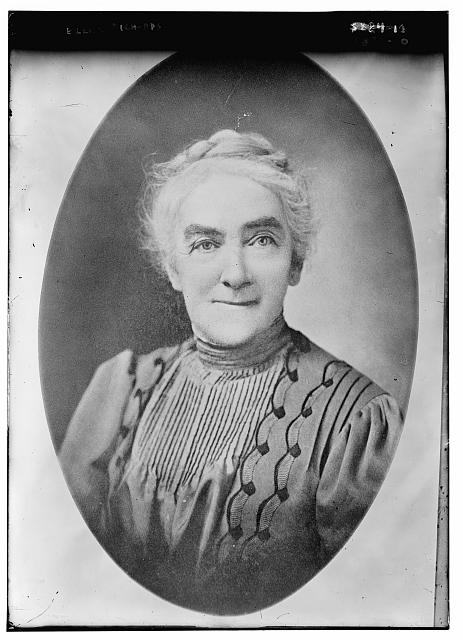The words “home economics” may bring back memories of classes in high school where groups would hover around sewing machines or several little kitchens, learning the basics of household skills. I know I have a few memories myself of poorly sewn pot holders and over cooked apple pies.
Did you know Lake Placid plays a part in home economics history?
One of the first people noted to dedicate their lives to the domestic science was Catherine Beecher. Beecher was the sister of “Uncle Tom’s Cabin” fame, Harriet Beecher Stowe. Having grown up in a religious family who valued education, Stowe found herself establishing the Hartford Female Seminary in 1823 and taught there until 1832. Female Seminaries were the equivalent of men’s colleges and offered advanced training for daughters of farmers and professionals.
Stowe did not stop her efforts in the classroom, but continued to promote education of women on a national level. During the early nineteenth century, women were gaining traction with the suffrage movement. Beecher believed women should not gain equality by competing with men, but believed family was most important and homemaking was the profession women should be seeking.
Beecher envisioned a home economics course where women would receive an education in domestic chemistry, housing, and economical arrangement of storage in the home. She believed home economics to be a science and created “the Beecher Plan” for educating women in professions that were open to women: teaching, child care, nursing, and “conservation of the domestic state.” She was offered to launch her plan at the Milwaukee Normal Institute in 1851.
Ellen Swallow Richards
Home economics didn’t become a movement in our country until Ellen Swallow Richards brought it to the forefront. She was the first woman to attend the Massachusetts Institute of Technology and became the first female instructor. Through her chemistry research she became an expert in water quality and would apply scientific principles to domestic situations.
In 1891 she wrote the book titled, “The Chemistry of Cooking and Cleaning: A Manual for Housekeepers.” She would share her findings at the World’s Fair in Chicago in 1893, serving meals and nutrition education in her tiny Rumford Kitchen exhibit.
So, I bet you are wondering how this ties into our town of Lake Placid.
The first meeting of contemporaries in the field of home economics was held at the Lake Placid Club in 1899. The Lake Placid Conferences, as they are called were, for the most part, held at the Club for the first ten years. These conferences were conducted to meet and talk about the latest advances in the subject. The group believed home economics would allow students the opportunity to manage their own homes and be prepared for careers focused on people and the environments around them.
During the first conference, leaders in the field settled on a name for this practice to unify the movement and called it “home economics.”
Mention of the conferences was hardly covered in local publications, although a small summary could be found from the second year of the conference in the Elizabethtown Post on July 12, 1900.
“a recent event of importance in Essex County is the second annual
Lake Placid Conference on Home Economics. To this conference came women
of national reputation as home makers and builders, women of
intelligence and strong common sense, to aid in the improvement of
home condition in this broad land of ours.”
The group decided to create a national organization from this movement and in 1908, the American Home Economics Association was formed with Richards leading as president for the first two years. Richards also founded and funded the Journal of Home Economics, first published in 1909.
In the tenth year of these conferences, Richards recognized the work of Beecher and reminded everyone of the legacy Beecher had left to the field of home economics.
These two women surely paved the way for the advances in women’s education and applying scientific research into domestic situations.
As the organization continued, home economics found its way into federal programs. The Smith-Lever Act of 1914 enacted a system of cooperative extension services, connected to the Land Grant University System, to inform the people about current developments in agriculture, home economics, and other related issues. The Carl D. Perkins Vocational and Applied Technology Education Act of 1963 was passed the support the quality of technical education in the United States, which the student organization for home economics, Career and Community Leaders of America, has received funding.
In 1993, the American Home Economics Association updated the organization’s name to meet the needs of today and is now called the “American Association of Family and Consumer Sciences.” The organization continues to recognize their founder, Ellen Swallow Richards.

